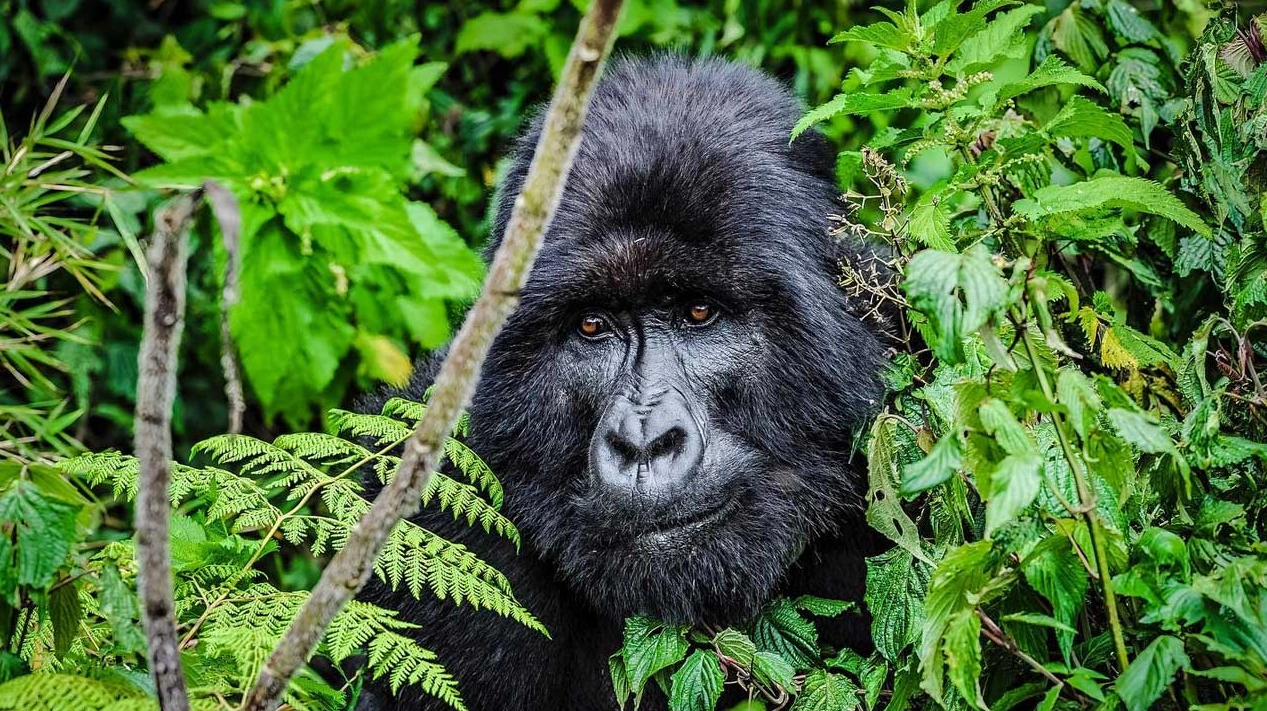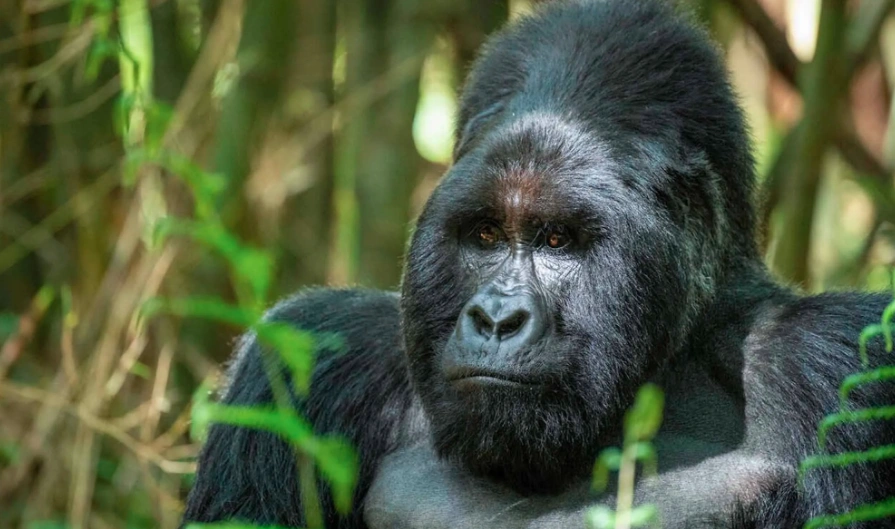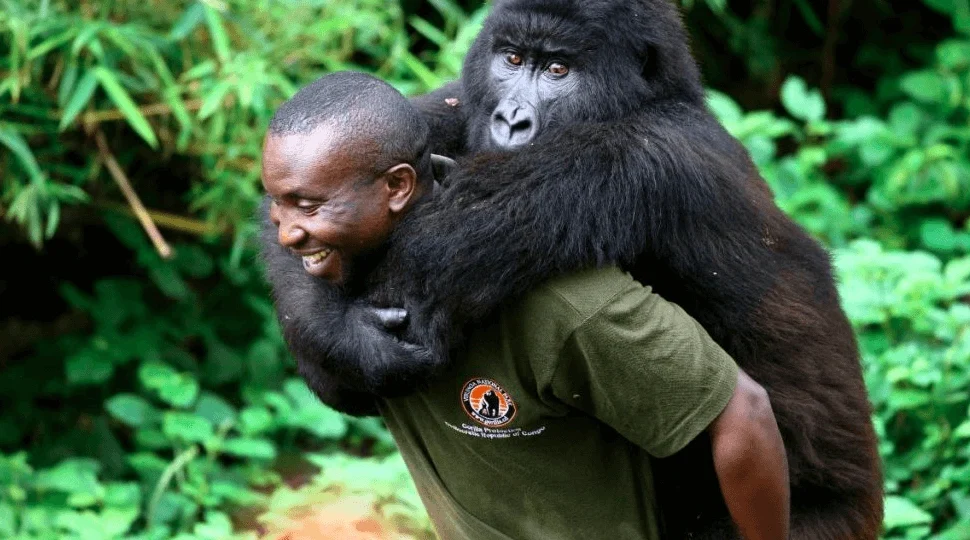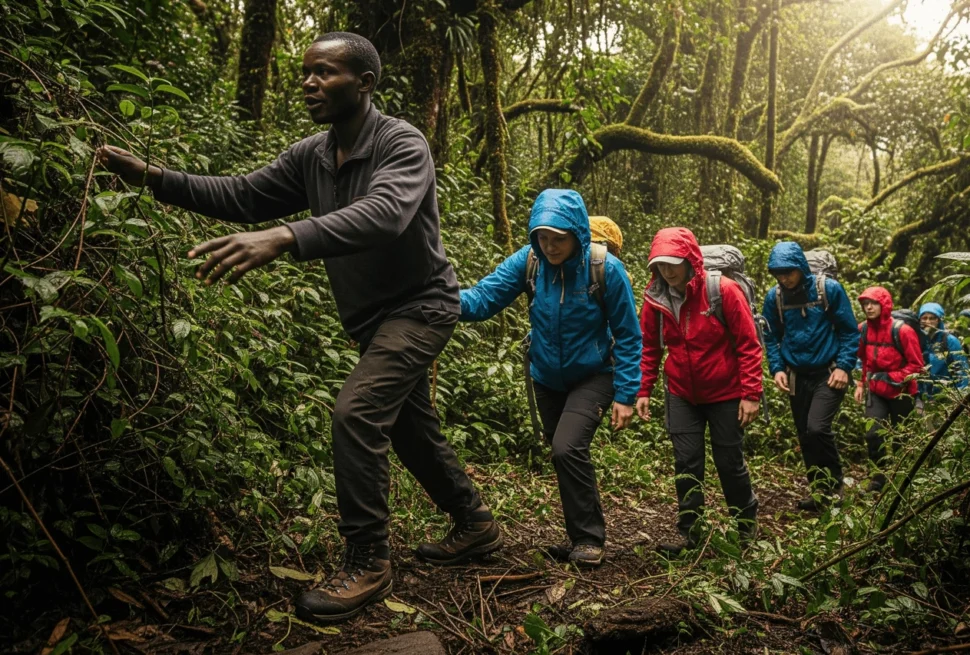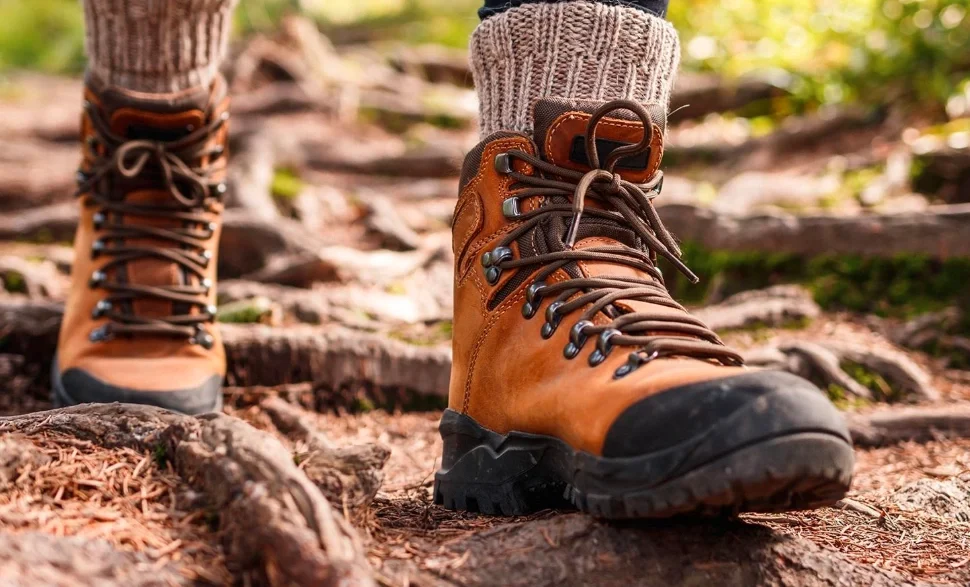Most travelers hear about gorilla trekking and assume one permit covers it all. It doesn’t. Uganda issues two distinct types of gorilla trekking permits, each granting a very different experience in the forest.
Understanding those differences helps you choose what kind of encounter you want—quick and classic, or long and immersive.
Key Takeaways
- Uganda offers two main types of gorilla trekking permits: standard and habituation.
- The standard permit allows one hour with a fully habituated gorilla family.
- The habituation permit allows up to four hours with a semi-habituated family.
- Both permit fees support conservation and community programs.
- Booking early is essential due to limited daily permits.
Why Gorilla Permits Exist
Uganda limits human access to gorillas for a reason. Fewer than 1,100 mountain gorillas remain, with half living in Bwindi Impenetrable National Park and Mgahinga Gorilla National Park.
Permits control numbers, reduce stress on the animals, and channel funds toward park protection and local communities.
Each permit acts as a conservation tool. The high cost can seem steep at first glance, but it helps cover ranger patrols, veterinary care, and anti-poaching initiatives. If you’ve ever wondered Why Gorilla Permits Are So Expensive, that’s the reason.
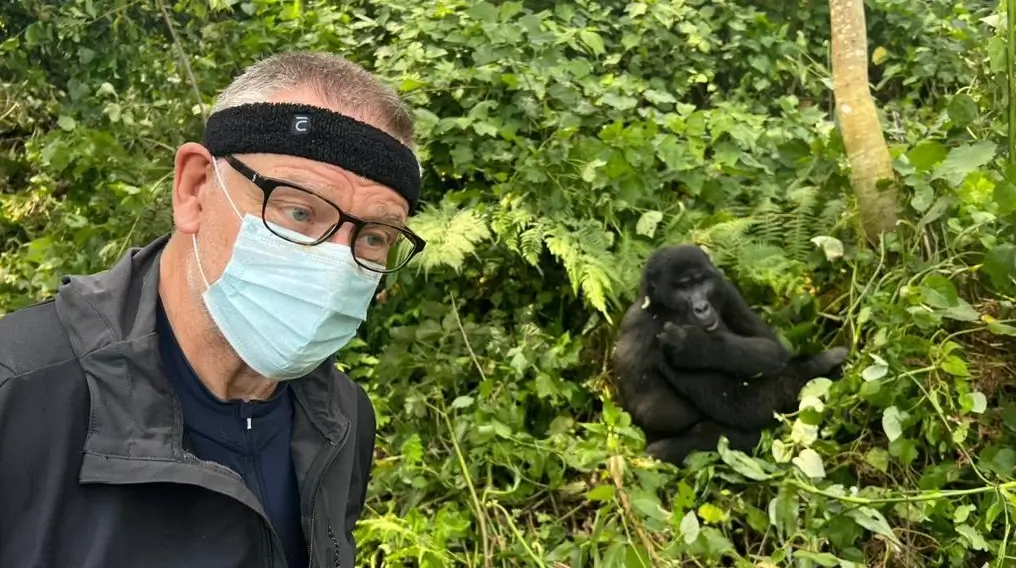
1. Standard Gorilla Trekking Permit
The standard permit is what most travelers purchase. It grants access to a group of eight visitors who hike with guides and trackers to see a fully habituated gorilla family. Once the group locates the gorillas, visitors can spend up to one hour with them.
That hour can feel short, but it’s enough to watch their social rhythms unfold—youngsters tumbling through vines, mothers nursing, silverbacks maintaining calm authority.
The time limit ensures the gorillas do not become overly accustomed to human presence.
Treks under the standard permit are available daily in Bwindi and Mgahinga, and prices are set by the Uganda Wildlife Authority.
You can read more about preparation in What to Pack for Gorilla Trekking and Gorilla Trekking Rules.
2. Gorilla Habituation Experience Permit
The second option, less known and more physically demanding, is the Gorilla Habituation Experience. This permit allows visitors to join researchers and trackers as they gradually familiarize a wild gorilla group with human presence.
Instead of one hour, trekkers spend up to four hours with the gorillas. The family is semi-habituated, meaning interactions are more cautious, movements less predictable, and moments more raw.
There’s a sense of participating in conservation rather than simply observing it.
This experience takes place only in specific sectors of Bwindi, particularly Rushaga and Nkuringo, where research teams operate. Permits are limited to four visitors per day.
To compare the two experiences, read Gorilla Habituation vs Standard Trekking.
Permit Prices and How to Book
As of recent rates, a standard gorilla trekking permit in Uganda costs USD 800 per person, while a habituation permit costs USD 1,500 per person.
Prices may change, so it’s wise to confirm with the Uganda Wildlife Authority or your tour operator before booking.
Permits can be booked directly or through licensed tour companies like Dust & Echo, who handle all logistics, park coordination, and timing. Because permits are limited to one per visitor per day, booking several months in advance is strongly recommended.
For guidance on timing, see How Far in Advance Should You Book a Safari and Can You Book Gorilla Permits at the Last Minute.
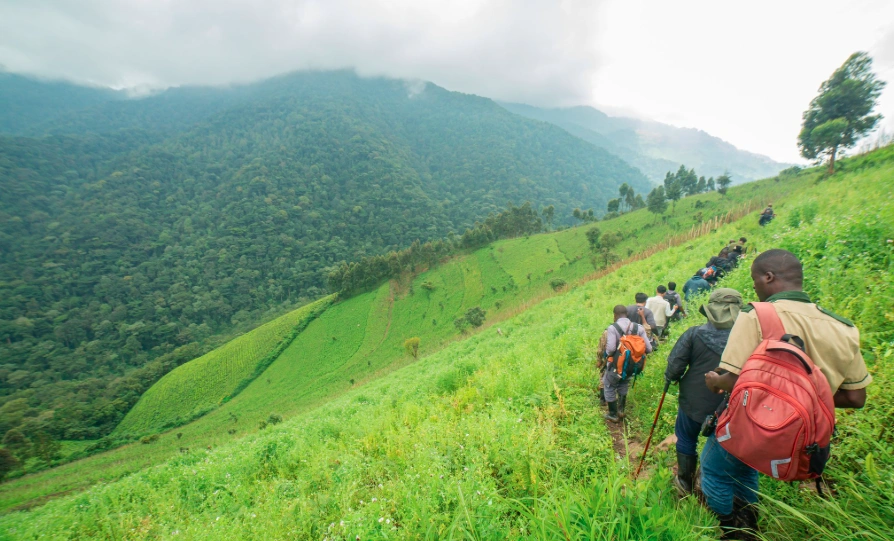
How Permit Fees Support Conservation
A portion of every gorilla permit fee directly funds community projects around Bwindi and Mgahinga. Schools, water systems, and tourism training programs all rely on this revenue.
Locals who benefit from gorilla tourism have a stronger incentive to protect wildlife rather than exploit it.
This structure is one reason Uganda has become a model for sustainable tourism in Africa. If you’re curious about how responsible travel works in practice, read Responsible Travel in Uganda.
Choosing the Right Permit for You
The best permit depends on what kind of experience you seek.
- If you want a comfortable, classic trek, choose the standard permit.
- If you crave immersion and don’t mind a challenge, the habituation permit offers deeper engagement.
Both options promise a rare encounter that stays with you long after the trek ends. For tailored experiences, consider the 5 Days Uganda Gorilla Chimp Trekking Safari or 8 Days Uganda Rwanda Gorilla Trekking Safari.
Frequently Asked Questions
How many types of gorilla trekking permits are there in Uganda?
Two. The standard gorilla trekking permit and the gorilla habituation experience permit.
Which is better, standard or habituation?
Neither is better; they serve different purposes. The standard trek focuses on observation, while habituation involves participation in research.
Can I choose which gorilla family to visit?
No. Park authorities assign families on the morning of the trek based on fitness levels and location.
Are permits refundable or transferable?
No. Once issued, permits are non-transferable and only refundable under specific conditions set by park authorities.
Do both permits include park entry fees?
Yes, both cover entry fees, ranger guides, and trackers. Accommodation and transport are separate.
Gorilla trekking permits are more than tickets to see wildlife. They are a direct investment in the survival of a species and in the communities that share their forests.
Whether you choose a standard trek or the longer habituation experience, your permit supports one of the most successful conservation models in Africa.
Plan your own gorilla trekking adventure with us. Request a Quote to begin your journey into Uganda’s mountain forests.

